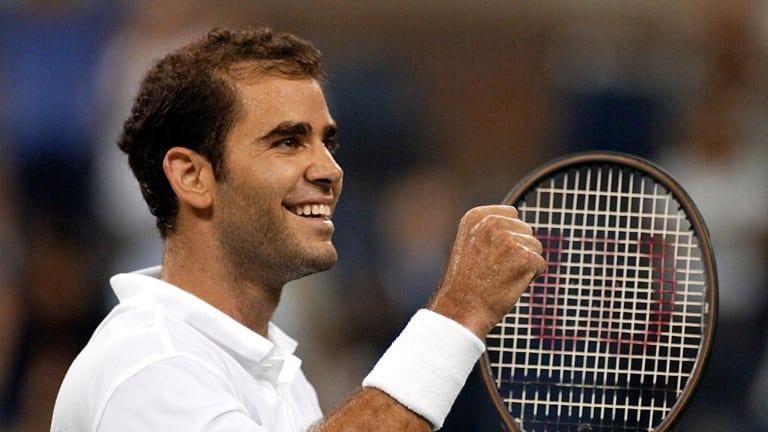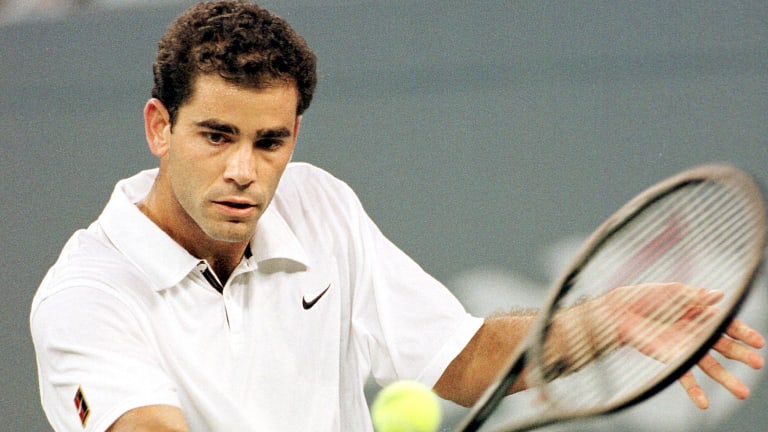TBT, 1998—Pete Sampras finishes No. 1 for a record sixth straight year
By Nov 26, 2020Miami, USA
Top 5 Miami Finals, No. 3: Pete Sampras d. Gustavo Kuerten, 2000
By Mar 25, 2024Social
Pete Sampras asks for 'good thoughts and prayers' as he reveals wife Bridgette's ovarian cancer diagnosis
By Oct 29, 2023US Open
The 10 closest calls for American men at the majors since Andy Roddick's 2003 US Open title
By Sep 03, 2023US Open
Pete Sampras retired 20 years ago at the US Open—what did he leave behind?
By Aug 25, 2023Talking Tennis with Tracy
Novak Djokovic vs. Pete Sampras at Wimbledon: Who would win?
By Jul 11, 2023My Tennis Life
My Tennis Life: Paul Annacone's pupil warms up with “two left shoes”
By Jul 06, 2023On This Day
30 Years Ago: Pete Sampras rises to No. 1 on the ATP rankings for the first time
By Apr 12, 2023Facts & Stats
The Sunshine Double: All the players who’ve won Indian Wells and Miami in the same year
By Mar 26, 2023Facts & Stats
The Top 5...Missing Achievements from Legendary Players
By Nov 17, 2022TBT, 1998—Pete Sampras finishes No. 1 for a record sixth straight year
“It’s an ultimate achievement, It will probably never be broken. I’m trying to stay humble through all this, but the record speaks for itself. It’s a little overwhelming," said Sampras.
Published Nov 26, 2020
Advertising

TBT, 1998—Pete Sampras finishes No. 1 for a record sixth straight year
© AFP via Getty Images
Advertising

TBT, 1998—Pete Sampras finishes No. 1 for a record sixth straight year
© AFP via Getty Images